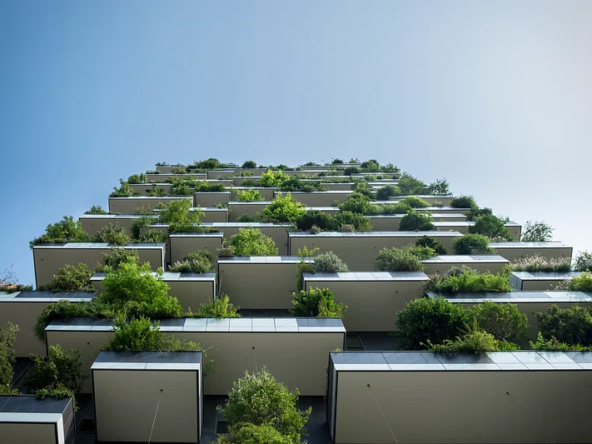In a world where modernity often overshadows tradition, the allure of Moroccan architecture stands as a testament to timeless beauty and cultural richness. From the bustling medinas of Marrakech to the tranquil riads of Fez, the architectural legacy of Morocco continues to captivate admirers worldwide. In this blog, we delve into the influences and inspirations of traditional Moroccan architecture on modern real estate, showcasing how these age-old techniques and designs have seamlessly integrated into contemporary living spaces.
A Tapestry of Influences
Moroccan architecture is a mosaic of influences, reflecting centuries of cultural exchange and artistic innovation. At its core, it blends elements from various civilizations, including Arab, Berber, Moorish, and Andalusian traditions. The result is a unique architectural style characterized by intricate geometric patterns, vibrant colors, and serene courtyards that evoke a sense of tranquility and harmony.
The Quintessential Riad
One of the most iconic symbols of Moroccan architecture is the riad, a traditional house centered around a courtyard oasis. Originally designed as private residences for affluent families, riads feature lush gardens, intricately carved wooden doors, and ornate tile work known as zellij. Today, these historic dwellings have undergone a revival, with many renovated riads transformed into luxurious boutique hotels, elegant guesthouses, or exclusive residences, offering a glimpse into Morocco’s rich heritage.
Moorish Majesty
The influence of Moorish architecture, brought by the Arab conquest of Spain in the 8th century, is unmistakable in Moroccan design. Characterized by horseshoe arches, intricate stucco plasterwork, and ornate calligraphy, Moorish architecture exudes a sense of grandeur and sophistication. This aesthetic continues to inspire modern real estate developments, with architects incorporating Moorish elements into luxury villas, resorts, and high-end residences, creating an atmosphere of opulence and refinement.
The Magic of Moroccan Tiles
No discussion of Moroccan architecture would be complete without mentioning the exquisite tile work that adorns its buildings. From the vibrant hues of Fez pottery to the geometric patterns of Marrakech’s mosaic floors, Moroccan tiles are a visual feast for the senses. In modern real estate, these decorative tiles are often used to add a touch of authenticity and character to interiors, whether in kitchens, bathrooms, or outdoor spaces, infusing homes with warmth and charm.
Sustainable Solutions
Beyond its aesthetic appeal, traditional Moroccan architecture offers practical solutions to modern challenges, particularly in the realm of sustainability. From the use of locally sourced materials like clay, stone, and wood to passive cooling techniques such as courtyard design and latticed screens (moucharabiehs), Moroccan architecture prioritizes environmental harmony and energy efficiency. These principles have inspired eco-conscious architects and developers to incorporate sustainable design features into contemporary buildings, promoting a more sustainable approach to urban development.
Conclusion: Bridging the Past and the Present
In a rapidly evolving world, the enduring legacy of Moroccan architecture serves as a reminder of the power of tradition and heritage to enrich our lives. By embracing the influences and inspirations of traditional Moroccan design, modern real estate endeavors not only pay homage to the past but also create spaces that resonate with a sense of authenticity, beauty, and cultural identity. As we continue to build the cities of tomorrow, let us draw inspiration from the timeless elegance of Moroccan architecture, weaving its magic into the fabric of our modern world.



